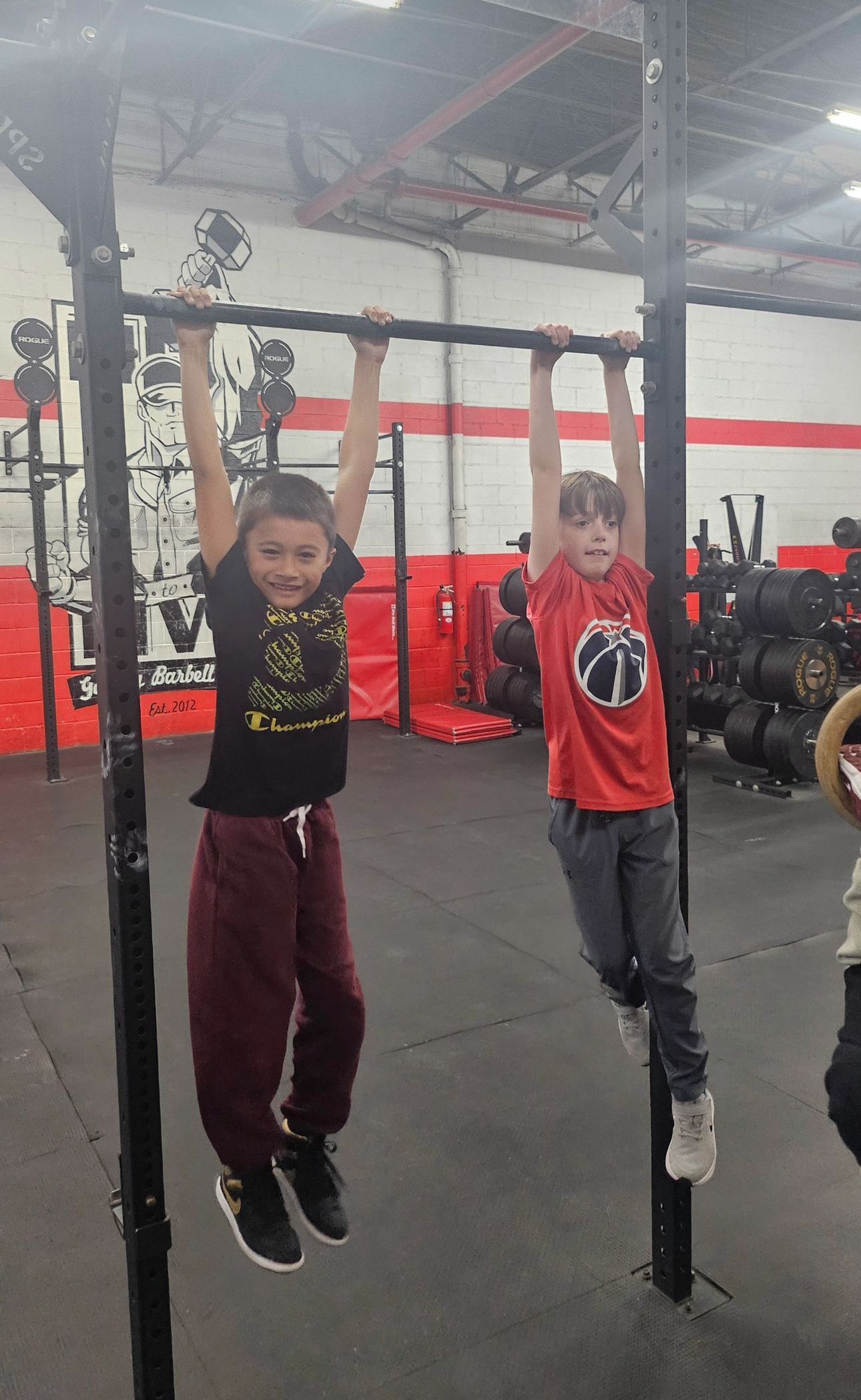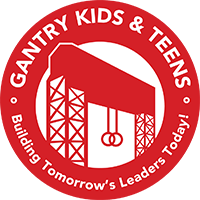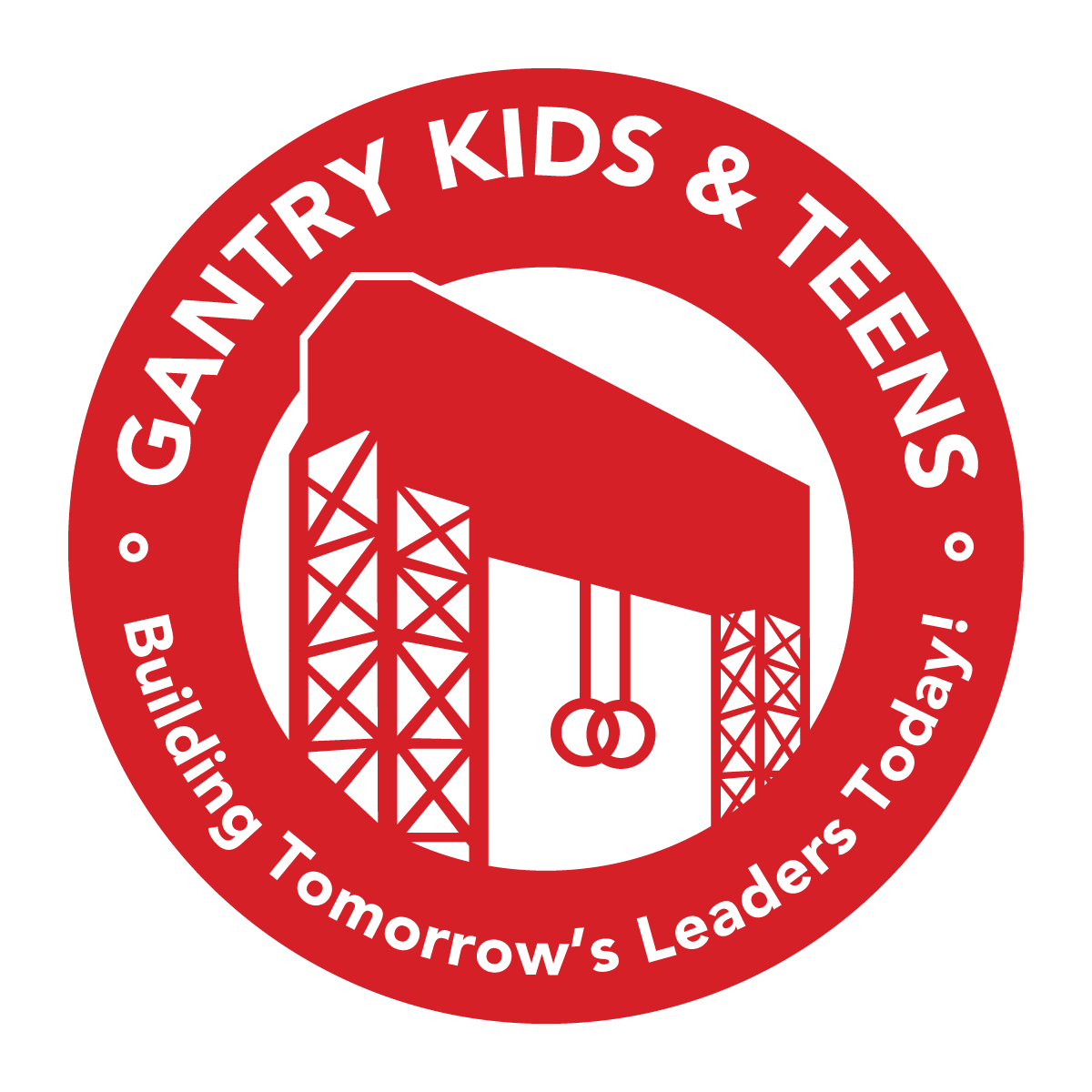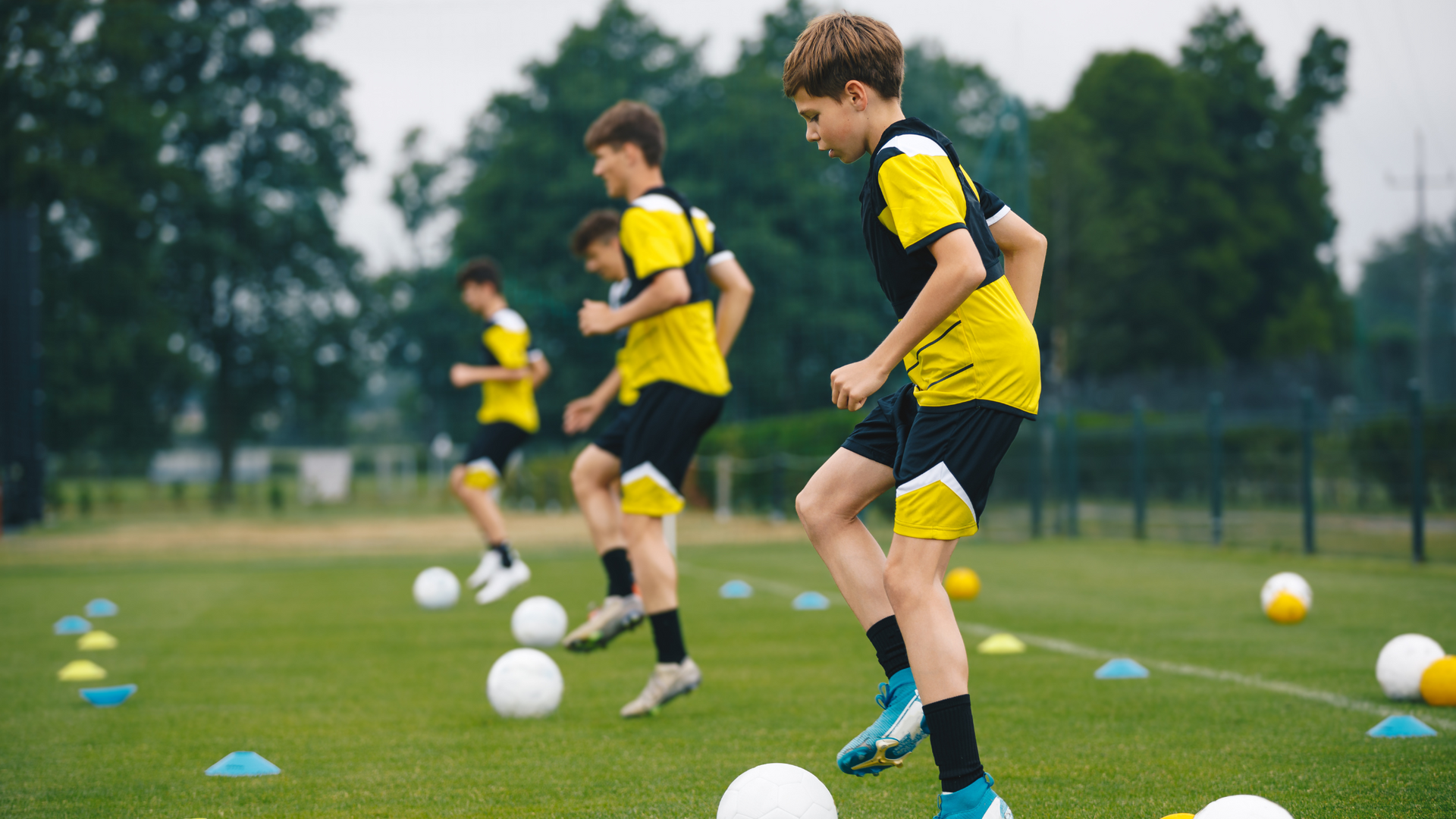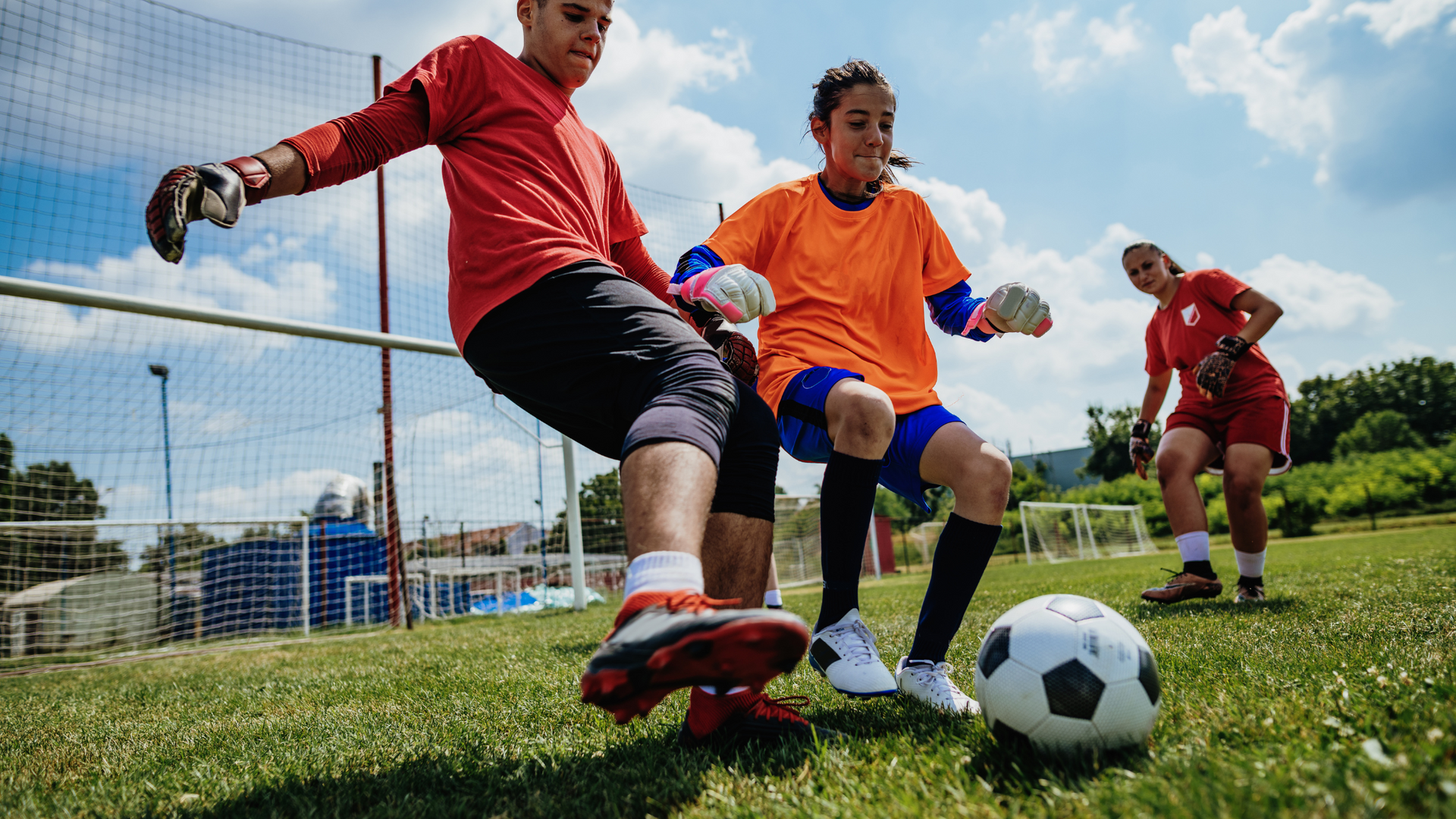The Fun and Effective Circuit Training Workouts Your Kids Will Love
Circuit training builds fitness fast - see how this quick and varied workout helps your kids get strong and have fun
Circuit training is a form of exercise that involves completing a series of stations with different exercises and minimal rest in between. This type of high-intensity interval workout is ideal for kids and teens because it builds cardiovascular fitness and muscular strength while keeping things fun and engaging.
In circuit training, kids move through a “circuit” of 6-10 strength and cardio exercises that target all the major muscle groups. They perform each exercise for a short period of time, usually 30 seconds to a minute, then quickly move on to the next station with little to no rest. A few rounds of concentrated exercise followed by short rest periods helps improve muscular endurance, strength, cardiovascular fitness, and overall stamina.
Circuit training provides a wide variety of benefits beyond building a strong, lean physique. It can boost energy levels, reduce stress, increase self-confidence, and teach healthy habits. When varied and progressive, circuit training workouts never get boring or repetitive. Kids will have a blast getting fit when you incorporate friendly competition, teamwork, and games. With motivation and guidance from parents and coaches, circuit training gives young athletes a comprehensive, challenging workout that keeps them engaged from start to finish.
This article will explore the many benefits of circuit training for developing bodies, provide tips on designing safe and effective circuits tailored for kids, and offer motivation to help your children stick with this transformative workout. Read on to learn how to create fitness enthusiasts for life.
Benefits of Circuit Training for Kids and Teens
There are many excellent reasons you should consider circuit training for your active kids and teens:
Improves Cardiovascular Endurance and Stamina
The combination of aerobic and resistance training in circuit workouts provides the perfect stimulus for increasing cardiovascular fitness. As kids move through stations with short rest periods, their heart and lungs have to work hard to circulate oxygenated blood throughout the body. Over time, this improves stamina and endurance so they can run faster, play harder, and participate in sports at a higher intensity without getting winded.
Builds Muscular Strength and Endurance
Circuit training utilizes bodyweight exercises, resistance bands, medicine balls and other tools to progressively overload the muscles. When performed with proper form, exercises like pushups, squats, lunges, and planks will help develop and tone all the major muscle groups in the arms, shoulders, chest, back, core, hips and legs. Kids will get stronger, improving athletic performance in any sport.
Strengthens Heart and Lungs
The heart is the most important muscle, pumping life-giving oxygen to working muscles during exercise. Circuit training keeps the heart rate elevated, resulting in improved cardiac output. Lung capacity also increases over time, allowing for better oxygen exchange. Kids will reap the benefits through lifelong heart and lung health.
Burns Calories and Maintains Healthy Weight
Childhood obesity is a growing concern, affecting 1 in 6 children in the United States according to the CDC. Circuit training is an ideal workout for kids to get moving, build lean muscle, and burn calories they would otherwise store as fat if sedentary. The high-intensity intervals ramp up the metabolic rate so kids continue to burn more calories after their workout as the body recovers.
Enhances Balance, Coordination and Agility
Exercises like jump roping, cone drills and agility ladders challenge and improve balance and coordination. Quick changes in direction and explosive movements will make kids more agile. They’ll have better control over their body and movements, improving performance in dynamic sports like football, basketball and soccer.
Increases Flexibility and Range of Motion
Dynamic stretches and exercises with a full range of motion, such as squats, lunges, and shoulder presses, can improve flexibility over time. This allows for easier movement through a wider range of motions, a key factor in injury prevention. Don’t forget to stretch at the end too!
Provides an Energy Boost
Circuit training, when done consistently, increases energy levels so kids feel good all day long. A good workout will leave them invigorated, not exhausted. The mood-enhancing benefits of exercise will also boost their focus when it’s time to hit the books.
Reduces Stress and Improves Mood
Physical activity naturally increases feel-good endorphins in the brain. The mental health benefits are just as important as the physical ones! Kids will feel less stressed, anxious and depressed. You can’t put a price on developing lifelong healthy coping skills.
Helps Build Strong Bones and Muscles
The weight bearing and resistive exercises in circuit training stimulate muscle and bone growth. Kids can maximize bone density early in life and may reduce their risk of developing osteoporosis later on. Building lean muscle mass also boosts metabolism and athletic ability.
Reduces Risk of Obesity and Chronic Diseases
Regular exercise has been proven to reduce the risk of over 25 chronic conditions including type 2 diabetes, heart disease, and stroke according to the CDC. Getting kids active early promotes lifelong healthy habits that stave off disease. What better gift to give your child?
Boosts Confidence and Self-Esteem
Achieving fitness goals through dedication to circuit training gives kids a sense of accomplishment that builds their confidence. Pushing past mental and physical challenges helps develop grit and resilience. Kids will be proud of their stronger, fitter selves!
Designing a Circuit Training Workout for Kids
When designing an effective circuit training workout for kids, there are some key factors to consider:
Determine the Length of the Workout
A good rule of thumb is to start beginners with a 20-30 minute workout and have them work up to 45-60 minutes as their stamina improves. This includes warm-up, circuits, rest and cool down. Advanced kids training for specific sports goals may eventually progress to longer 70-90 minute circuit workouts, but shorter intense sessions are best for most young athletes starting out.
Choose Exercises Wisely
Kids have unique needs - workouts should focus on building a balanced foundation of strength, flexibility, coordination and stamina. Good circuit training selections include:
- Bodyweight moves like squats, lunges, planks which build core and lower body strength. Focus on proper form.
- Pushups, rows, shoulder presses for upper body and back strength. Modify elevation as needed.
- Cardio exercises like high knees, jumping jacks, and jogging or jumping in place to spike heart rate.
- Agility drills that enhance speed, balance and coordination like ladder drills and cone hops.
- Core moves like sit ups, bicycles, V-ups, leg lifts which strengthen the abdominals.
- Yoga poses to improve balance and flexibility between circuits. Child’s pose, in particular, allows resting while stretching the back, hips and hamstrings.
Pay Attention to Pacing
Allow 15-90 seconds of rest between circuits depending on intensity level. Take longer rest periods if beginners are struggling. Advanced kids can progress to 20-40 second rest periods between stations.
Adapt and Modify Exercises
Cater to individual strength and fitness levels by providing modifications and alternatives:
- Beginner pushups can be done at an incline from a wall or bench. Knee pushups are another good modification.
- Forward lunges can be stationary or performed with no weights before adding distance and dumbbells.
- Limit hopping, jumping and plyometrics if kids have joint issues. Provide low impact alternatives.
Safety First!
Always teach and demonstrate proper form for every exercise. Remind kids to move in control, never flailing about and risking pulled muscles or collisions. Check for signs of overexertion and make kids take breaks as needed – better safe than sorry!
Keep It Engaging
Sustaining interest is key to circuit training success. Use music, games, friendly competition and variety to prevent boredom. Keep things lighthearted - after all, exercise should be fun too! Reward effort and improvement, not just performance.
Sample Beginner Circuit:
Warm-up: Walking lunges across room, arm circles 10x each direction
Circuit: Wall pushups x10 Bodyweight squats x15 Jumping jacks x25 Plank hold 30 seconds Jump rope 30 seconds Rest 30 seconds, repeat 2x Cool down: Quad stretch, shoulder rolls, calf stretches
This balanced beginner circuit helps ease kids into circuit training with 1 upper body push, 1 lower body move, cardio and core training. Gradually increase reps and duration as fitness improves. Maintain focus on proper form above all else.
Safety Tips for Circuit Training with Kids
While the benefits of circuit training for kids are immense, safety should always be the number one priority. Children are not simply miniature adults - their growing bodies require careful exercise programming under trained supervision. Follow these tips to keep your kids injury free:
Start With Medical Clearance
Kids with pre-existing conditions like asthma, heart conditions, joint issues or other chronic diseases should get physician approval before starting an intense training program. Disclose any pertinent medical history.
Teach Proper Exercise Form
Improper form is one of the biggest culprits in exercise injury. All exercises should be demonstrated and clearly explained before kids attempt them. Reinforce proper technique frequently. Common mistakes like arching the back in pushups or letting knees cave in during squats put undue stress on joints and muscles.
Ensure Adequate Rest Between Stations
Don’t let eagerness and enthusiasm override common sense. Make kids take breaks as needed between circuits. Watch for signs of fatigue like heavy breathing, pallor, slowing pace. Err on the conservative side - pushing through pain often results in overuse injuries or exhaustion.
Hydrate, Hydrate, Hydrate
Dehydration depletes energy levels and mental focus. Make sure kids drink plenty of water before, during and after circuit training. Stop periodically for water breaks. Calorie-free electrolyte drinks are also beneficial for rehydration after heavy sweating.
Pay Attention to Footwear
Proper athletic shoes with good support and traction lower injury risk from slips and falls. Make sure kids’ shoes fit well and are not too worn. Bare feet or socks increase likelihood of cuts and sprains.
Listen to Pain Signals
Teach kids not to ignore or “work through” significant pain. Stop activity immediately if they experience sharp or intense pain, limping, loss of strength or any other indication of injury. Refer to a physical therapist or sports medicine doctor for proper diagnosis and rehabilitation.
Choose Surfaces Wisely
Cushioned rubber flooring in gyms absorbs impact best, reducing repetitive stress injuries. Avoid hard surfaces like bare concrete. Grass and softer ground are better for agility drills and plyometrics.
Clear Clutter
Set up work areas with adequate space between stations so kids don’t run into each other or trip over obstacles. Remove unused equipment and other hazards.
Use Spotters When Needed
Spotters provide assistance, support and safety reminders for advanced exercises like heavy strength training and plyometrics. Always have spotters present when kids are performing unfamiliar or risky moves. Don't let them attempt moves beyond their capability unsupervised.
Cool Down and Stretch
Active stretching after circuits brings muscles back to resting length and aids recovery. Kids should gently stretch all major muscle groups held for 20-30 seconds each. Remember, cold muscles are more prone to strains and tears.
Apply First Aid for Minor Injuries
Keep a well-stocked first aid kit on hand and know how to treat superficial injuries like scraped knees, cuts, bruises or minor sprains with basic supplies. Review emergency action plans for more serious trauma. Prevention is best, but preparation counts when dealing with active kids!
While no workout is 100% injury-proof, following reasonable safety precautions goes a long way in protecting young athletes. Teach kids their physical limits, and they will build confidence to exercise safely for life.
Overcoming Common Circuit Training Challenges
Circuit training is intense by nature, so motivation and commitment are essential. Here are some common obstacles kids face, and how to overcome them:
Problem: Lack of Motivation
Solution: Effective praise and small measurable goals
Kids want to succeed, but may become discouraged if progress feels out of reach. Break down big goals into smaller milestones they can achieve quickly like “Do 2 real pushups by next week.” Recognize effort and consistency, not just output. Use rewards like stickers on a calendar to track progress.
Problem: Workouts get boring
Solution: Creative exercise variations
Prevent boredom and burnout by frequently changing up the circuit stations. Periodically swap one exercise for a new one that works for the same muscle group. Design themed circuits around sports, animals, or other interests to spark the imagination. Play music and themes to make it feel fresh.
Problem: Discomfort from muscle soreness
Solution: Proper recovery habits
Some muscle soreness is normal after starting a new training program as the body adjusts. Make sure kids get plenty of sleep, nutrition, hydration and rest days for adequate recovery. Lightly stretch sore muscles. Scale back intensity if pain is severe or lingering.
Problem: Kids feel self-conscious
Solution: Supportive, positive environment
Judgement about ability level or body image can make kids dread exercise. Stress that everyone has different fitness journeys. Celebrate all effort, not just athletically gifted kids. Foster a “try your best” attitude over pure competition. Work out together to model positive attitudes.
Problem: Weather derails outdoor training
Solution: Flexible training spaces
Have an indoor backup space for weather-sensitive stations like outdoor running. Get creative sourcing space - garages, decks, basements and rec rooms can work in a pinch. Virtual workouts are another great option to bridge gaps.
Problem: Children lose interest over time
Solution: Accountability and variety
Kids need structure, so set a consistent workout schedule. Gently insist they stick to it barring illness, but be flexible on timing if possible. Shake things up periodically with new circuits, stations, and challenges so boredom doesn't sap motivation. If interest continues to wane over time, take a break and try again in a few weeks.
While circuit training presents some unique challenges, creative solutions tailored to each child’s needs can overcome most barriers. With patience and support from parents and coaches, kids will thrive on this fitness journey!
Conclusion
Regular circuit training provides a fun, efficient and comprehensive workout that builds muscular and cardiovascular endurance, strength, flexibility, and coordination in kids and teens. An investment in consistent training pays dividends through improved athletic performance, healthier body composition, enhanced self-confidence and reduced risk of childhood obesity and disease.
Support your kids in this endeavor by helping them design varied, progressive circuits that keep workouts engaging over time. Adapt activities appropriately as their fitness improves, but always emphasize proper form and technique above all else. With reasonable precautions and responsive supervision, circuit training can be a safe, rewarding experience for young athletes.
The journey to physical fitness is a marathon, not a sprint. Stick with circuit training through motivation highs and lows. Celebrate small achievements along the way. Most importantly, make it fun! Playing upbeat music, incorporating friendly competition, and making activities game-like goes a long way toward keeping kids engaged.
Consistency and commitment to circuit training results in developing increased muscular and cardiovascular endurance, speed, agility, flexibility, balance, and strength to empower kids in every area of life.
Contact Gantry Kids today to learn more about our specialized circuit training programs tailored to your child’s unique needs and abilities. Invest in your child’s health, fitness, and confidence now to set them up for a bright future.


